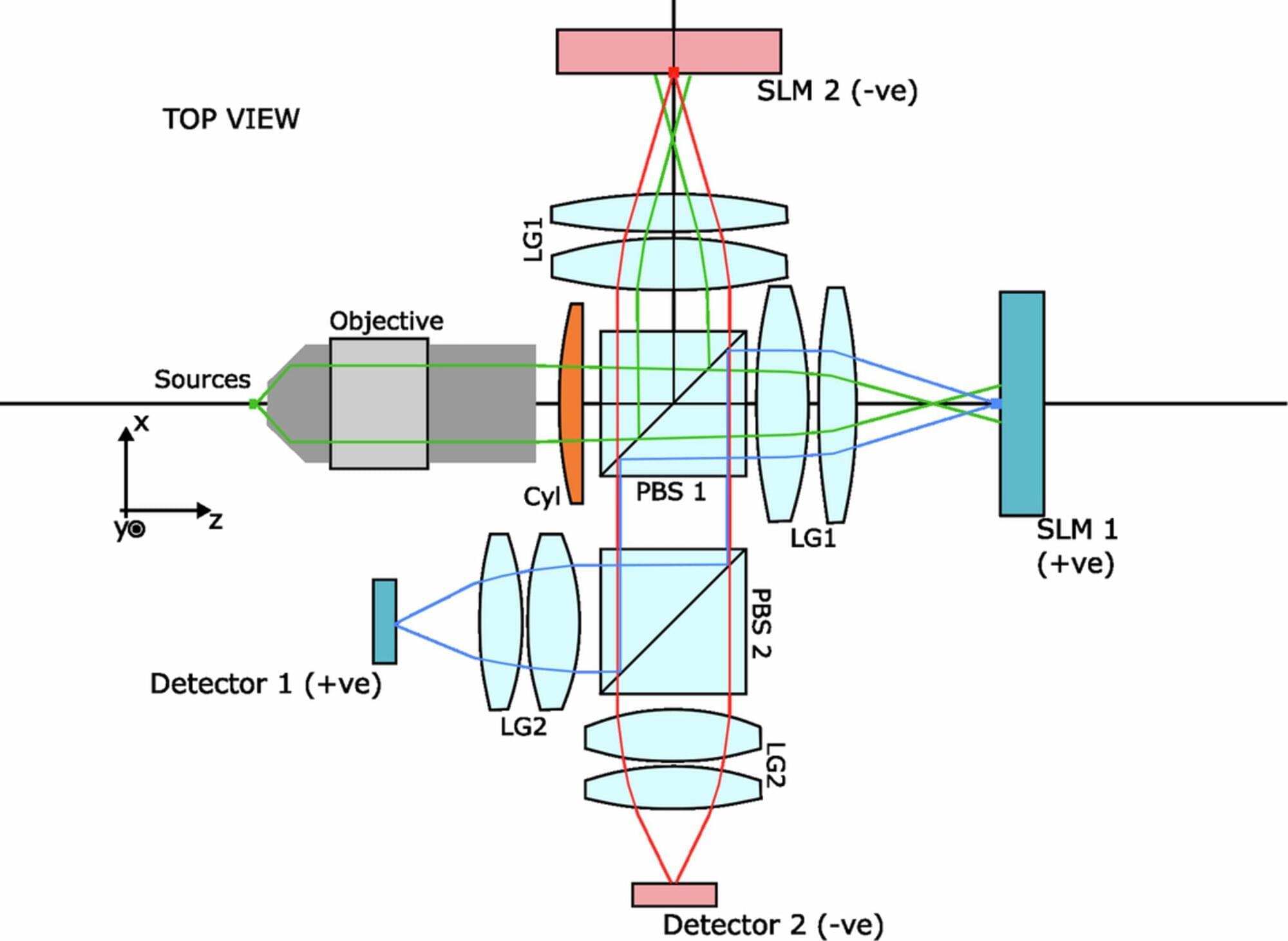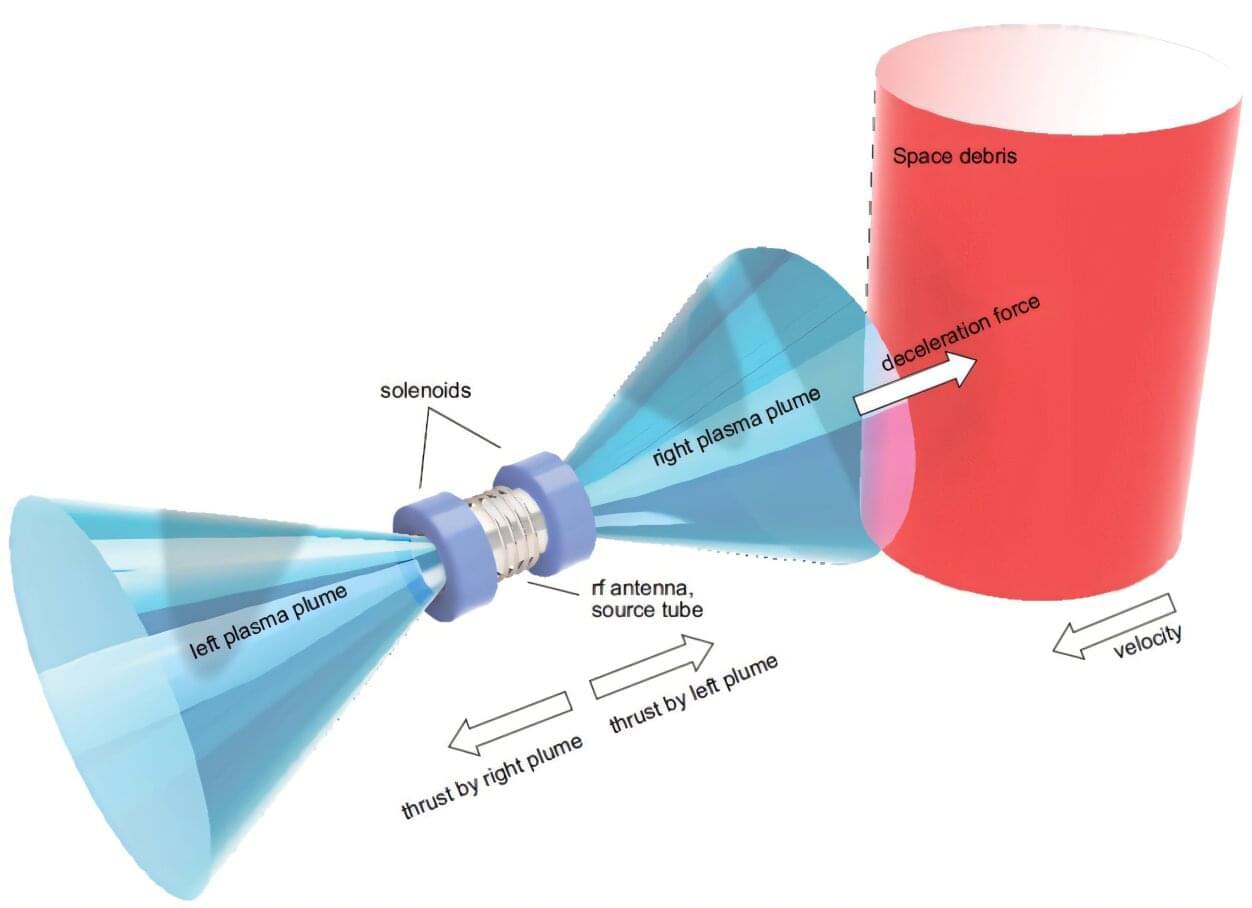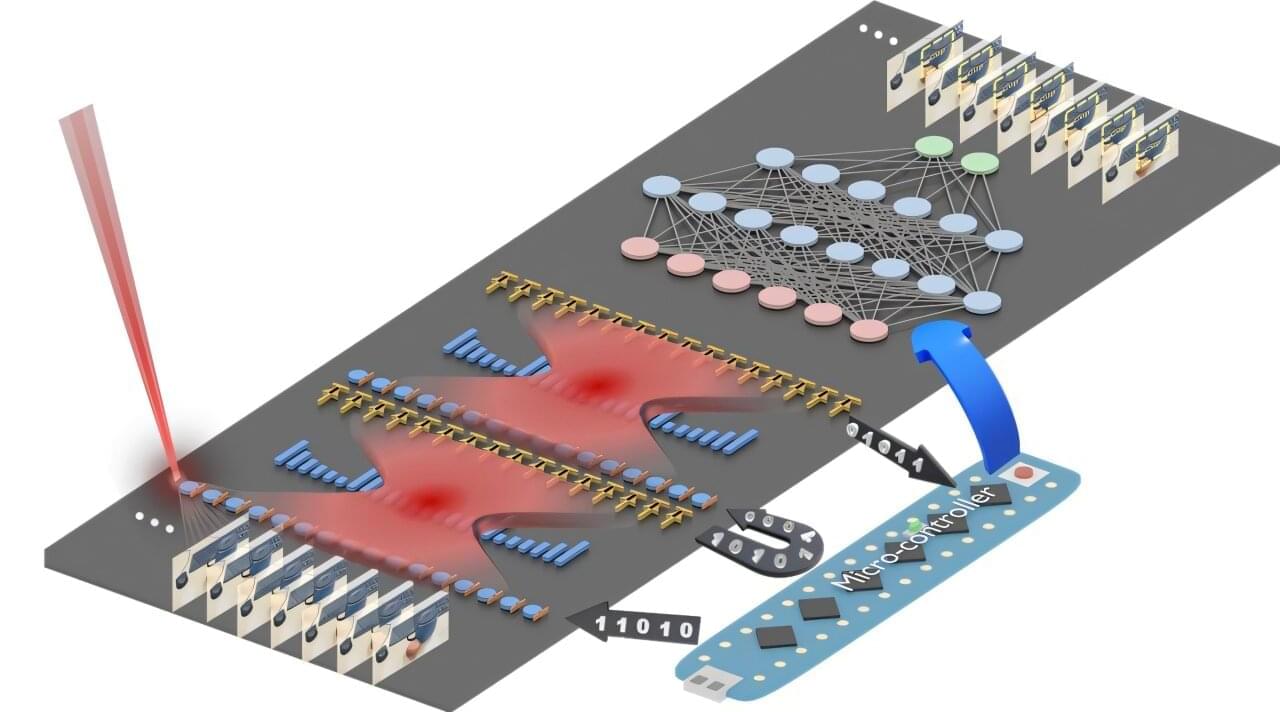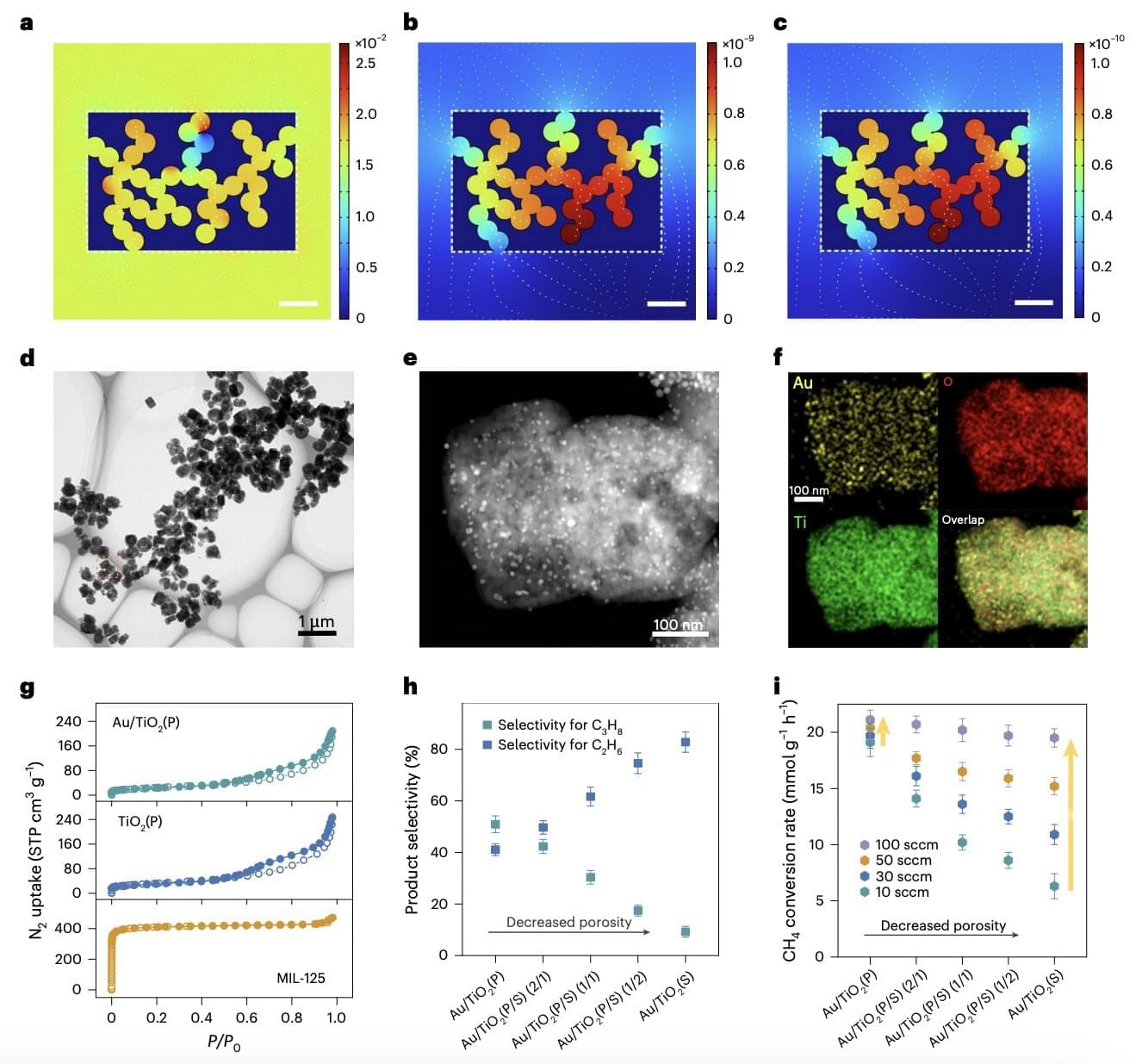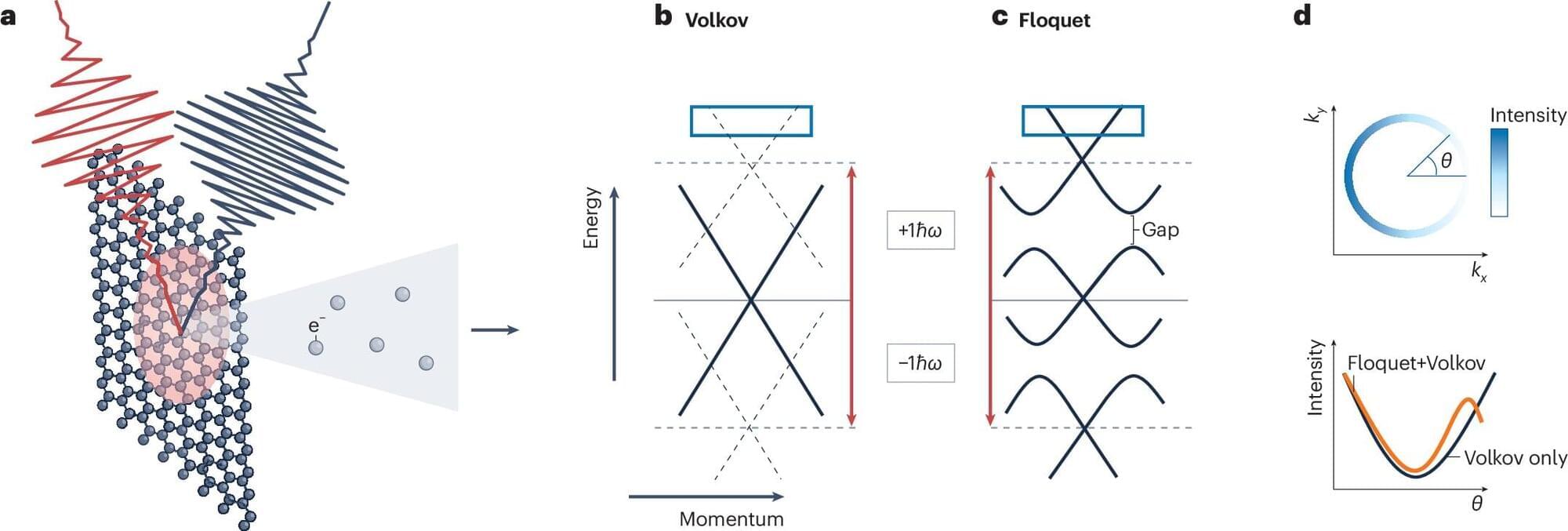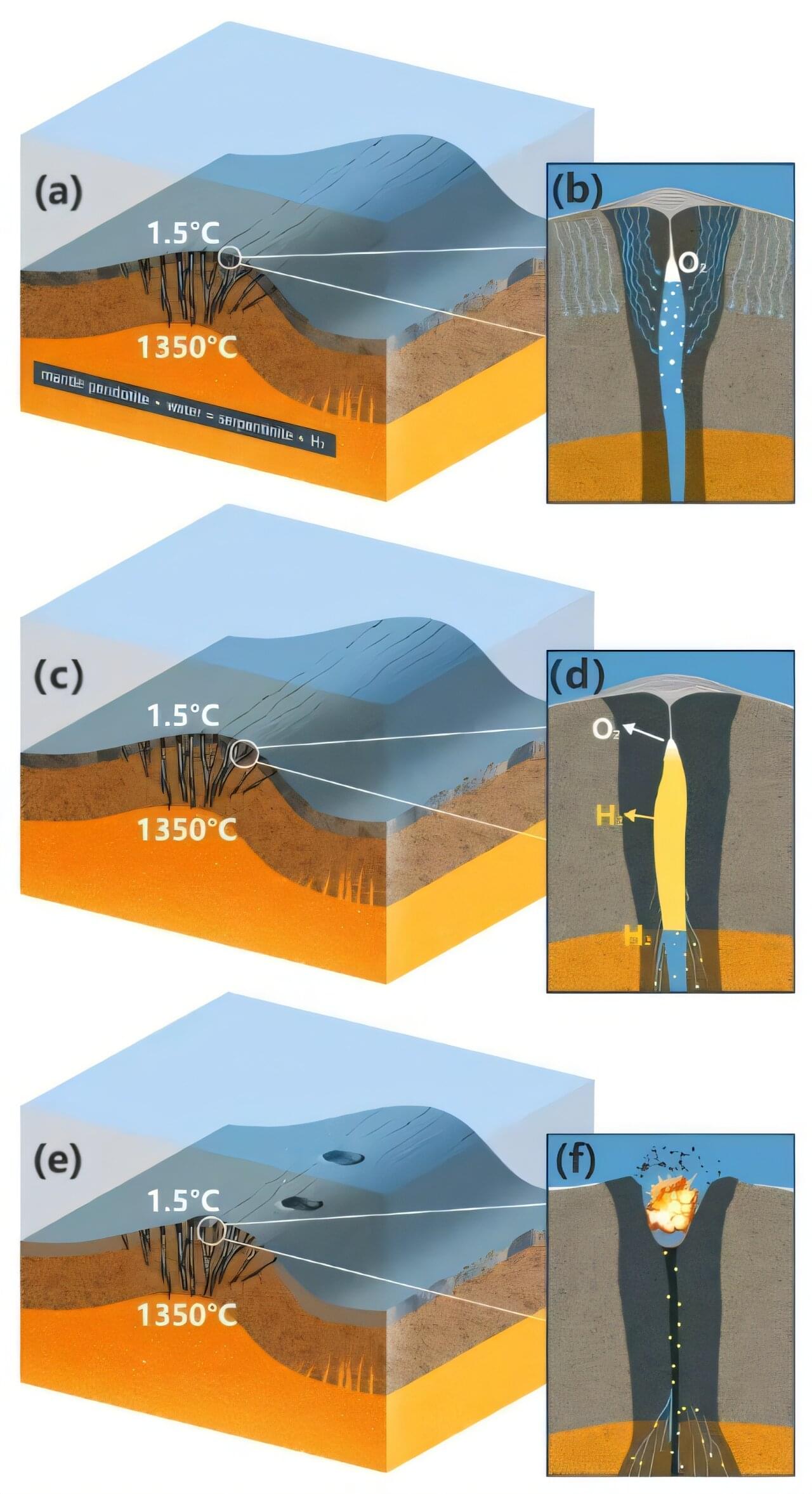The constant scaling of AI applications and other digital technologies across industries is beginning to tax the energy grid due to its intensive energy consumption. Digital computing’s energy and latency demands will likely continue to rise, challenging their sustainability.
Unsurprisingly, the reliance on these technologies in our modern world has researchers scrambling to produce more energy-efficient ways to move forward—and Microsoft might be ahead of the game. Microsoft’s researchers, along with a team from Cambridge University, have developed a new analog optical computer (AOC) that has the potential to give AI, as well as combinatorial optimization, a much needed boost in efficiency.
The AOC prototype is described in a recent study by the group that was published in Nature. The group combined analog electronics and microLED arrays, spatial light modulators, and photodetector arrays to accelerate both AI inference and combinatorial optimization on a single platform.
